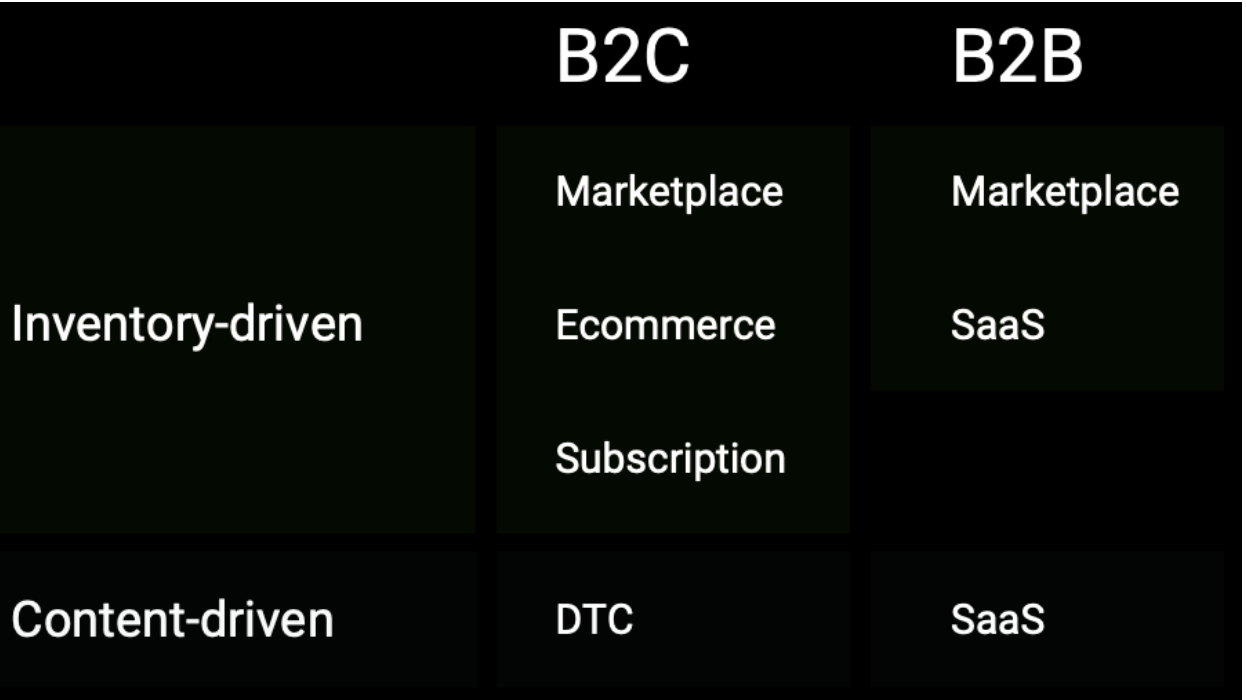It’s not.
Being able to put a dollar amount behind SEO is what gets good work done.
SEO is nothing without execution, and money is the language you need to speak to get resources to implement your asks.
So, let’s talk about moneyyyy!

Three reasons the CPC-based SEO value fallacy doesn’t add up
The typical way of figuring out the monetary value of SEO is to look at CPC-based value: you take the (average) CPC for a target keyword, sum it up across your keyword set – et voilà! Monetary value is proven.
Not so fast. Though that’s better than nothing, it’s not right.
CPC-based value assumes that you could get converting traffic equally by bidding on a keyword or ranking for it organically. But that’s a lot of assumptions right there!
There are three good reasons to not opt for this approach.
1) It doesn’t make sense to pay for some keywords
First, not every keyword that makes sense to target organically is worth the paid spend.
PPC-based value assumes this basic opportunity cost: “I could either pay to appear for keyword X or rank organically. Thus, an organic ranking is worth the same as an organic one.“
But that’s not how it works (that’s not how any of this works). PPC needs a positive arbitrage to make sense. In other words, your ROI needs to be higher than what you spend per click. Or, as we often see in the startup world, your CLTV (Customer Lifetime Value) has to be higher than your CAC (customer acquisition cost).
If a keyword has a too-high CPC or your CLTV is too low, it might still make sense to rank for it organically, but not to bid on it.
In the same fashion, you cannot decide what keywords to rank for organically. Sometimes, user-intent will prevent you from doing that; sometimes, your site is not strong enough. So, you can’t equate your chances to be visible.
2) Some organic results happen to get more clicks than paid
Second, organic and paid results have different click-distributions. Paid results can appear higher up the page, but Sparktoro data tells us that organic results seem to attract more clicks. Users are becoming increasingly “blind” to ads and will sometimes skip them.
Consider how the click distribution on ads and organic results changes when a Featured Snippet is present. In Nonlinearity in Digital Marketing, I explain that the first result gets exponentially more clicks than the second one and so forth. SERP features like Featured Snippets or knowledge graph integrations only increase this effect. Factor that in when looking at the money you would spend on PPC versus ranking organically.
3) The final CPC could be higher than what you thought
Third, consider the real CPC of a keyword. What you get from Google Keyword Planner is an average, just like search volume. In reality, the cost can be much higher, depending on what position you bid for, at which time of the year, how good your quality score is, and many other factors.
So, what’s a better alternative to CPC-based value?
A more accurate way of finding the monetary value of SEO
First, throw away the idea that every company should use the same equation to put a dollar sign behind SEO. Just like ranking factors vary more by vertical, so does an SEO value calculation!
I make a distinction between two types of companies: inventory-driven and content-driven, and then I break them down by whether they’re B2B or B2C.

Inventory-driven companies scale, as the name gives away (surprise!), with an indexable inventory. For example, Netflix scales SEO with movies, Slack with apps, Canva with templates, Spotify with songs, Airbnb with cities, and Amazon with product categories (among others).
Content-driven companies must create their own content to get organic traffic. They don’t have an inventory to expose to search engines and target valuable keywords. The most common way to go about it is content marketing. Examples for such business models are UBER, Salesforce, MailChimp, or Apple (except for the App Store).
If you’re curious to learn more about this concept, I wrote a full article on Drift’s blog called SEO strategies for different business models recently.
Each of those two groups is further split up based on how they make money and win users. Different monetization and pricing models open the way to specific tactics and investments.
Let’s take a look at how!
The monetary value of SEO for B2C companies
Within B2C, the most prevalent business models are marketplace, e-commerce, subscription, and direct-to-consumer (DTC) companies. Some scale with inventory like marketplaces, others with content like DTC companies.
Marketplaces, e-commerce, subscription, and DTC companies
Marketplaces have the significant advantage of knowing the exact price of their products. Even Airbnb knows the margin it makes on renting a property out for a particular time to a person in a specific place.
The difference is that e-commerce companies can control what they rank for down to a product-level. Still, marketplaces can only monitor category page rankings because they rely on user-generated inventory.
E-commerce companies can apply the following formula to all their targeted product and category keywords:
Keyword Search volume X keyword CTR X conversion rate X product revenue margin = monthly organic traffic value per product page
B2C marketplaces need to exchange product margin with the monetary value of a category page:
Keyword Search volume X keyword CTR X conversion rate X category revenue = monthly organic traffic value per category page
B2C subscription companies have a reasonably simple pricing model, like how Spotify Premium costs $9.99 (except for family and student plans).
For such businesses, use the following formula:
Keyword search volume X keyword CTR X sign-up rate X subscription price = monthly organic traffic value
Now, what about B2C companies without a scalable inventory, also known as direct-to-consumer companies (DTC)? For them, it’s just as easy as for e-commerce sites because they know their profit margin per product:
Keyword search volume X keyword CTR X conversion rate X product profit margin = monthly organic traffic value
B2B: freemium, paid services, and free trial SaaS
B2B has two common business models: freemium or lead-based. The latter usually focuses on the enterprise market, while the former finds a broader application.
Freemium, paid services, and free trial SaaS companies
B2B freemium business models are not as diverse: you either pay after a specific time, number of seats, usage, or for services as a customer. Free trials have different pricing dynamics than paid services, which is a free product with a paid service component, which is different from freemium.
Many B2B freemium companies have public inventory: Trello, Slack, Zapier, and others have inventory-like boards (Trello) or integrations (Zapier/Slack/Databox).
The fact of the matter is that all B2B freemium companies can use the same formula:
Keyword search volume X keyword CTR X sign-up rate X trial to paid rate X average profit margin = monthly organic traffic value
The profit margin depends on pricing tiers but is the closest to reality across the board. It doesn’t matter much if the company has public inventory or “only” landing pages as a point of conversion because customers get in the same pricing funnel.
Lead-based companies
Most lead-based companies are content-driven. Their goal is to drive leads or MQLs through SEO (and other channels).
To drive MQLs, companies can use the following formula:
Keyword search volume X keyword CTR X sign-up rate X MQL to SQL rate X MQL to close rate X average deal size = monthly organic traffic value
Notice that it takes much longer for lead-based companies to turn a profit on MQLs.
Keeping SEO monetization models fresh
Starting with one of the formulas I mentioned above is one thing; bringing it to perfection is another. This article’s goal to provide broad starting points from which you add more data until you have an accurate representation of the monetary value of your efforts. Keep in mind that many companies apply multiple monetization models across their organizations and use one model for each product or pricing tier.
Once there, it’s easier to project revenue from SEO over the next 1-2 years and get funding for more significant asks and recommendations.
However, some things are not quantifiable in dollar amounts, at least not precisely like the returns on redesigning your site. The answer is a better user experience, which can translate to more organic traffic and a stronger brand, but it’s hard to express these benefits in dollars. You can draw from experience, look at other companies, and make an educated assumption, but you cannot project the incremental revenue.
